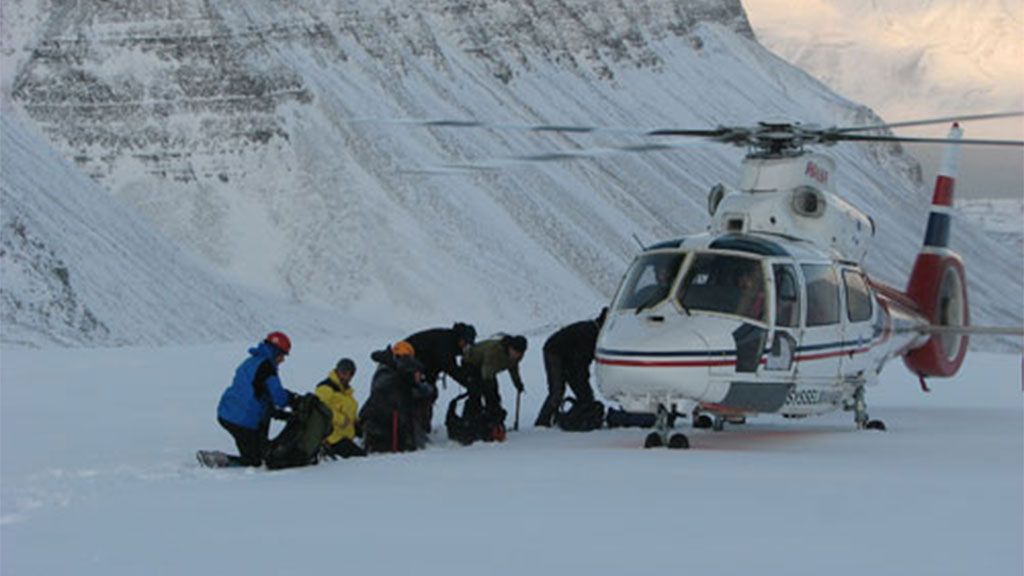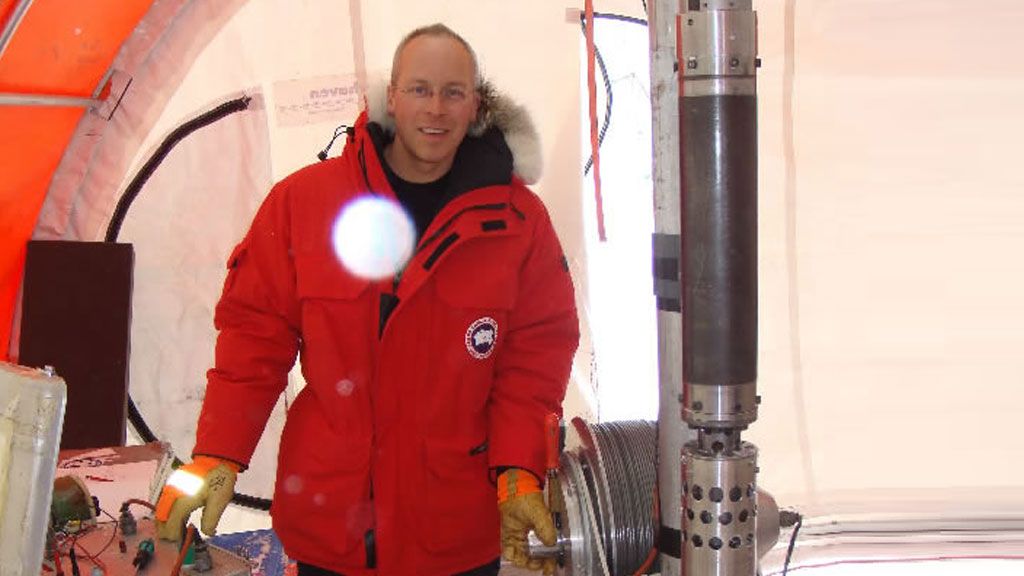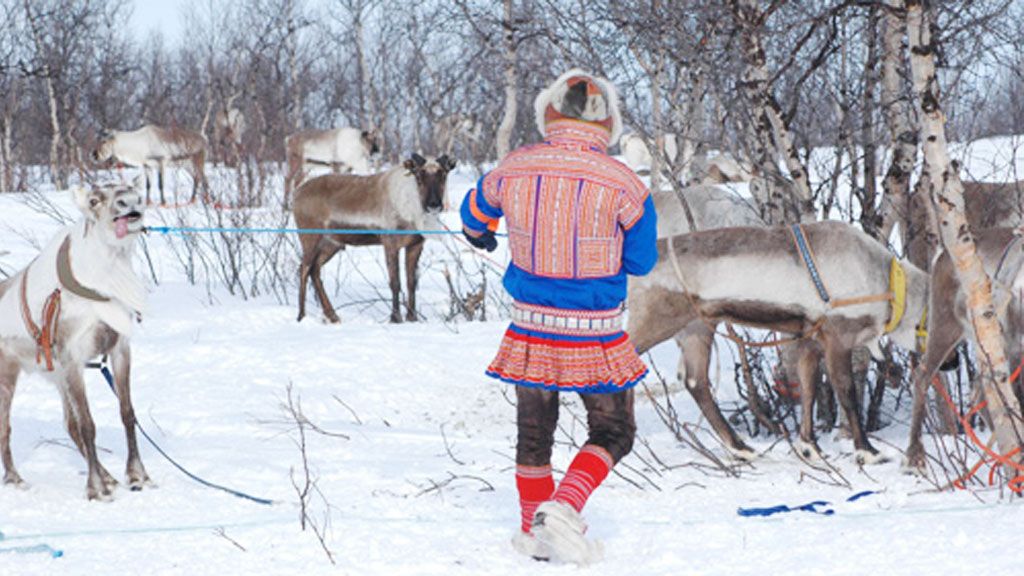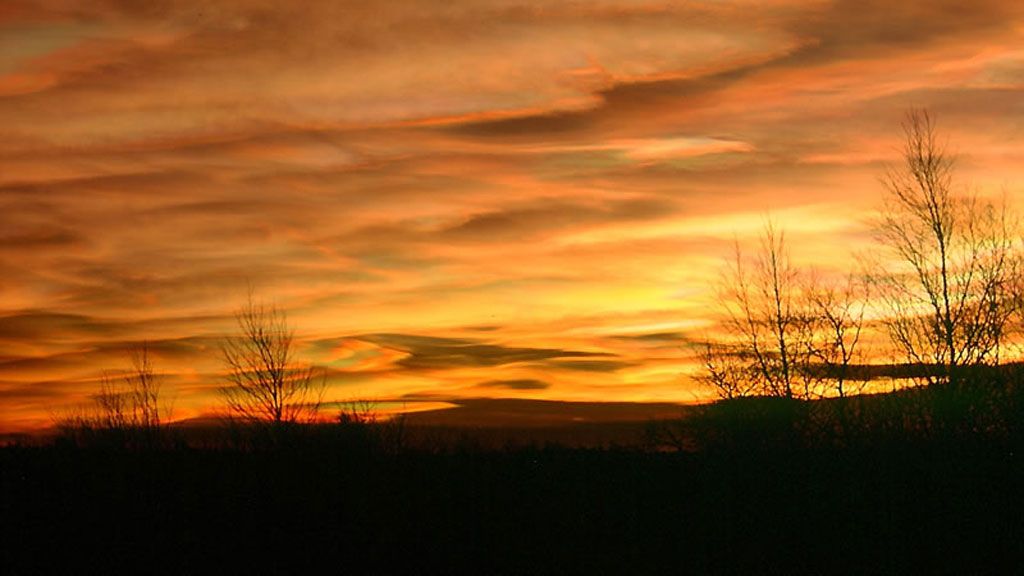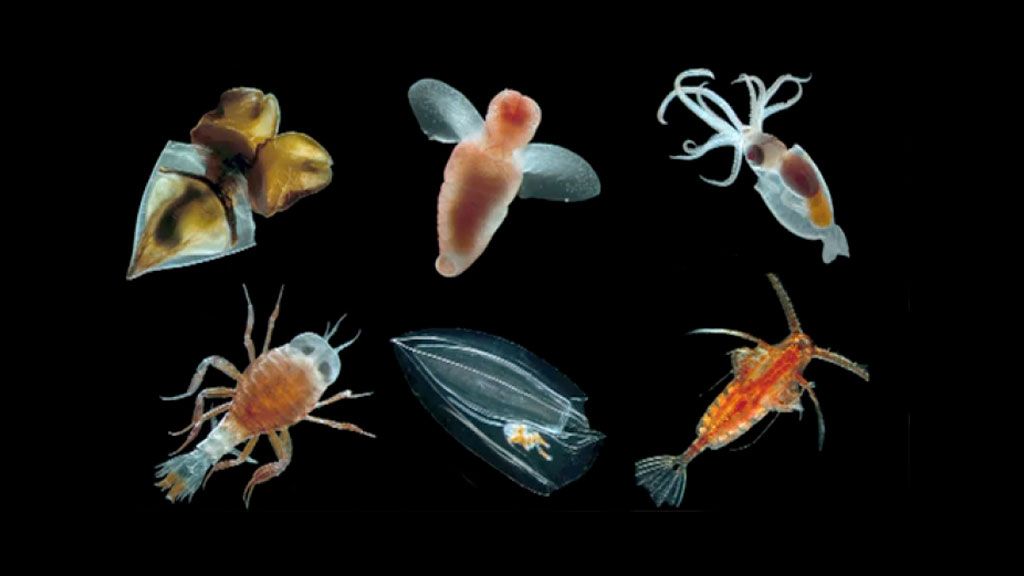Addressing misconceptions about the ozone hole and climate change
Atmospheric science in the field
© NOAA
Senior scientist at the US National Oceanic and Atmospheric Administration's Chemical Sciences Division Dr. Susan Soloman, recognized as one of the leaders in the field of atmospheric science, speaks with SciencePoles to clarify misconceptions about the ozone hole and cliamte change.
Early in your career, you played a leading role in our understanding of ozone destruction. What is the current state of the ozone layer and the massive hole in it over Antarctica? Is its recovery going faster or slower than scientists had anticipated?
The chlorofluorocarbons (CFCs) that have been causing the problem have such long lifetimes that we can't expect to see an immediate response in the ozone hole. We have to be patient and wait for a few decades before we see it. However, measurements show that chlorofluorocarbons in the atmosphere are slowly decaying away at approximately the rate that we would have expected. So the international protocols on chlorofluorocarbons have begun to lead to the decline of the gases that were causing the ozone hole.
But what confuses people is that the ups and downs in the ozone hole from one year to another are in fact to do with how cold or warm a particular spring season is. We never expected to see a monotonic decrease that could be immediately mapped to human actions because the Antarctic ozone depletion chemistry varies with temperatures: the colder it is the more ozone loss you get, so the ozone hole will have ups and downs that have to do with variability and meteorology of the stratosphere. But again, we are seeing a slow decrease in chlorofluorocarbons, and this in time will lead to a recovery of the ozone hole.
Do you want to compare that to carbon dioxide (CO2) and how it stays in the atmosphere?
CO2 is indeed very much the same kind of issue because some of the CO2 that we put into the atmosphere goes away in a few decades, but most of it has a lifetime of about 150 years. Some of it will even still be here after several thousand years (about 15 to 20% of it).
So CO2 has a long lifetime, and a complex lifetime. What that basically tells us is that just as in the case of the CFCs, where the ozone hole that we see today is not due to the present generation's emissions, so the same is true for CO2. Every generation is making a commitment to future climate change that will be there for generations to come.
At this point in time, what would you say are the most pressing questions and challenges in the atmospheric sciences?
I think that climate change is moving beyond the discussion of global averages. People now want to know what kind of climate change is happening in their own regions, as well as all around the world. And so the challenge of understanding temperature distribution as a function of latitude and longitude is huge, and also very interesting and important.
The other thing that in some ways is even more challenging, and to me as a scientist, even more interesting, are the questions of rainfall, circulation patterns, trends in the duration and intensity of heat waves, droughts, tropical cyclones: In essence, going beyond temperature and looking at the Earth as a system. This has huge implications, not just about how people will understand climate change, but also how different countries will manage their climate change challenges.
There has been a lot of conflicting information about the role and importance of clouds and water vapor in the context of global warming. Can you summarize the state of our knowledge on this topic?
Let's start with water vapor. Water vapor is often cited as being a very important greenhouse gas, which it certainly is, however it's a greenhouse gas that responds to climate change. It doesn't drive climate change. I think it's quite clear to anyone who's ever been to the Polar Regions that it's much drier there because it's so cold, as opposed to the tropics that are humid. So it's pretty obvious that water vapor changes because temperatures change. Not the other way around. Similarly, at altitudes above the surface, where water vapor plays its biggest role in affecting climate, we now have good evidence that it is responding very much the way we would expect.
Secondly, one of the best tests of the influence of cloudiness changes is the fact that shortly after the eruption of the major volcano, Mount Pinatubo, in 1991, we actually saw a remarkable, measurable half-degree cooling. It was a big effect, and very consistent with what had been predicted. What's more, there are more and more pieces of evidence that are supporting quantitatively the understanding that we have of the changes in clouds with climate change, and they respond very much in the way predicted by climate models. Water vapor is a very important feedback that actually amplifies climate change by about 50% compared to what would happen otherwise; clouds also amplify climate change. These things give a positive feedback, but they are not the driving factor.
There still seems to be a certain amount of uncertainty in the IPCC's 4th Assessment Report about the role of the Antarctic and Greenland Ice Sheets in sea level rise, and whether ice mass balance is decreasing as a result of ice dynamics, or increasing due to increased snowfall in the interior of the ice sheets. What do we know at this poin in time?
For the Antarctic, the data is less clear than for Greenland. In both Antarctica and Greenland there is evidence that the ice sheets are flowing and contributing to sea level rise, and in the past decade, as we said in the IPCC report, if you take the two ice sheets together, what you see is a contribution of about 15% to sea level rise. There is still uncertainty on that (it could be as low as zero, or as high at 25%), but the estimate is that the ice sheets, taken together, are have been contributing a bit to sea level rise over the last decade - about 15% of sea level rise. The rest is due to thermal expansion and meltwater from land glaciers, like those covering the world's major mountain ranges.
Regarding the future, because the world is getting warmer and wetter, the Polar Regions are projected to have more snowfall, which offset the increased melting to soem extent. For Greenland, what we find is that that gets overwhelmed pretty quickly as temperatures rise, so that snowfall cannot entirely offset the increased melting. For Antarctica, it is much more difficult for the melting to offset the increased snowfall. So we don't expect Antarctica to contribute much to sea level rise in the next few centuries, unless the effect of ice dynamics were to become more pronounced.
The bottom line, however, is that we still have a lot of uncertainty about this process, and we don't yet know how to quantify it. The debate is still open in the glaciological community.
There are still some questions being asked about the role solar intensity has played in historical climate fluctuations and climate change, with skeptics still maintaining that it has a greater impact on climate than anthropogenic greenhosue gas emissions. What is your view?
As far as solar irradiance goes, there has been a lot of excellent measurements since the 1970's, and these show quite clearly that the sun's brightness has not significantly changed since then, so I think that the argument that somehow the sun's brightness is fluctuating is just not viable. Measurements of the sun have gotten much stronger. There have been very careful inter-calibrations done. We've measured the relative change quite well and its not changing. There is also much better data now to compare our sun with other sun-like stars, so you can look at the billions of stars out there and find the ones whose characteristics are like our sun. That tells us something about how variable it could have been in the past, and again it points to a reduced possible variability compared to some earlier studies, so I don't think the solar irradiance argument can really hold up.
The other piece of evidence against solar irradiance changes is the vertical profile of the temperature changes. If the changes in the brightness of the sun where responsible for the changes on the ground, we would be seeing huge changes in the upper atmosphere - in the upper stratosphere for example - and that is not what we see. Instead we see a vertical profile of temperature change, all the way from the ground to the top of the stratosphere that fits very nicely with the influence of greenhouse gas concentrations in the atmosphere.
The other thing that some people have talked about is the idea that cosmic rays from the sun could effect cloud formation. But the problem with that is that there has been no significant trend in cosmic rays over the last 30 years, so you're stuck again with qualitative, speculative arguments which really don't have any good basis in trends.
Similarly, there is still disquiet in some circles about atmospheric and climate modelling, with some scientists still maintaining that there are still holes in the data used to create these models. What would you say are the strengths and weaknesses of climate modelling today? Where do models need to improve?
I think that one of the real strengths of the Fourth Assessment Report is the inter-comparison of climate models that is now being done. There are over twenty different groups running different models with different parameterizations. We are able to compare these and to get a sense of what the range of possibilities really is. What's more, we now also have the possibility of running models not just once, but eight times, which gives us a much more robust climate signal. The degree to which these models have been compared, scrutinized, tested - and I would have to use the word "confirmed" - is really quite impressive.
The other thing that is also a real advance is the fact that the models now have much better physical descriptions of many of the processes involved, such as sea ice, which is modelled much better than it used to be - just in terms of the physics that's used in the models.
The area where we probably still see the greatest possibility for improvement is the land-surface coupling - exchanges between the land and the atmosphere, soil moisture, even such things as the role played by the roots of plants. It really does get quite complicated. I think the models have been shown to be doing really quite well in many respects, but fro ma research perspective, that's certainly the area where we would expect to see some improvements in the future.
You played a key role in bridging the divide between science and policy in the context of ozone depletion and CFCs. Now you are at the centre of the science/policy debate in the context of global warming and climate change. Are you optimistic or pessimistic about the future and our ability to deal with this problem on a global level?
I'm actually very optimistic from the point of view of public information, which I think is really the key here. What I think is clear is that the public worldwide now has a much better understanding than they did a few years ago. I think that's for several reasons. The science has become much stronger and that's been recognized, and scientists worldwide have been making a big effort to make sure that they communicate clearly and effectively.
My view is that when the science is clearly described, the public will understand, and then it becomes a societal choice as to what you want to do about it. But the important thing for me is that it is a well-informed societal choice.

Susan Solomon
Dr. Susan Solomon is a senior scientist at the US National Oceanic and Atmospheric Administration's Chemical Sciences Division. Widely recognized as one of the leaders in the field of atmospheric science, Dr. Solomon is a member of the U.S. National Academy of Sciences and a foreign associate of the French and European Academy of Sciences. She was awarded the United States' highest scientific honor, the National Medal of Science, in 1999 for linking synthetic chemicals to the seasonal ozone hole over Antarctica. In 2002, she was elected by governments to co-chair of the UN Intergovernmental Panel on Climate Change (IPCC) Working Group I.

